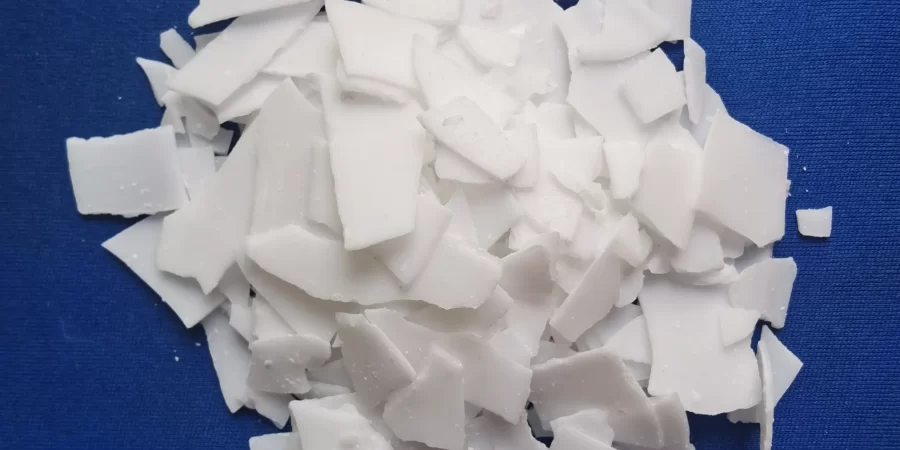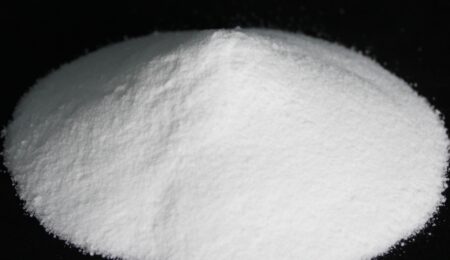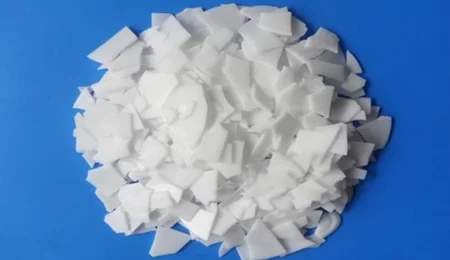PE wax, or polyethylene wax, is a type of synthetic wax made from polymerized ethylene. It is characterized by its low molecular weight and is available in various forms such as flakes, pellets, and powders. Here are some key points about PE wax:
Production: PE wax is typically produced through polymerization of ethylene or by modifying polyethylene through processes like thermal degradation or polymer cracking.
Types: There are several types of PE waxes, including:
High-Density Polyethylene (HDPE) Wax: Known for its hardness and high melting point.
Low-Density Polyethylene (LDPE) Wax: Softer and has a lower melting point compared to HDPE wax.
Oxidized Polyethylene (OPE) Wax: Contains oxygen functionalities, which improve its compatibility and dispersibility in certain applications.
Properties:
Melting Point: Generally ranges from 80°C to 140°C, depending on the type and grade.
Hardness: Varies with the type of polyethylene used.
Compatibility: Compatible with a variety of polymers and can be used in various formulations.
Applications:
Plastics Industry: Used as a lubricant and processing aid in the production of polyvinyl chloride (PVC) and other plastics to improve mold release and flow properties.
Coatings and Inks: Acts as a dispersing agent and provides abrasion resistance, gloss, and stability.
Adhesives: Enhances the performance of hot melt adhesives by improving thermal stability and adhesion properties.
Textiles: Used in textile processing for its lubricating and anti-blocking properties.
Rubber: Serves as a processing aid to improve the dispersion of fillers and other additives.
Cosmetics: Included in formulations for its texturizing and binding properties.
Advantages:
Improved Processing: Helps in reducing friction and improving the flow of polymers during processing.
Enhanced Properties: Provides better mechanical properties, surface appearance, and stability in end products.
PE wax is valued in numerous industries for its versatility and effectiveness in improving processing and end-product performance.




Leave a Reply